The practice of winemaking is often referred to as an art or a craft. The process of creating a label is a very intricate one as well. It is intricate not only because of the TTB regulations that surround them but also because of the many parties that are involved in their design. From winery to winery that list of involved players does vary which has a direct correlation with how efficiently (Or not!) labels are planned for.
To elaborate further on just who some of the parties in on the design of a wine label are here is list of who might be included: winemakers, marketing managers, owners, graphic designers, general managers, record keepers, and last (But certainly NOT least!) in-house compliance staff and outside compliance consultants.
All of these parties have their own agendas as far as what they want to see in regards to label design. Some are focused on the esthetics, some the winemaking details included on the back label, others on the success of it passing federal label approval.
The long and short of designing a label that all parties are happy with means making sure they are all involved in the process. This of course can take some coordination and planning. Here are some tips I suggest after many years of managing and filing for label approvals.
1. Coordinate and calendar with your bottling manager. This person ideally has the ongoing schedule of all bottling activities. Get a copy of their calendar (which should list details on what wines are to be bottled when) to work back your planning activities from. Check back with them regularly for updates and changes.
2. Maintain a list of all parties involved in the label design & approval process. A sign off sheet can be created for each label as it comes up for bottling.
3. Also maintain a strong familiarity with your previous label approvals already on file. When a wine is coming up for bottling that is one you bottle every year check the newest label design against it’s last label approval. Perhaps the changes made don’t require a new label approval. **You can find this list of acceptable changes on TTB form # 5100.31 page 3 which is available on their website. **
4. PLAN AHEAD! With all the parties and scheduling involved in the label design, approval and printing process a good rule of thumb is to start the ball rolling at least 2 months ahead of the bottling date. (Longer than this for scheduling with your printer to get your space in their queue!)
The secret of successful winemaking is about skilled blending. By recognizing and coordinating all the players in your wine label design process the entire process can become a well blended machine that keeps you on schedule which makes everybody happy.
